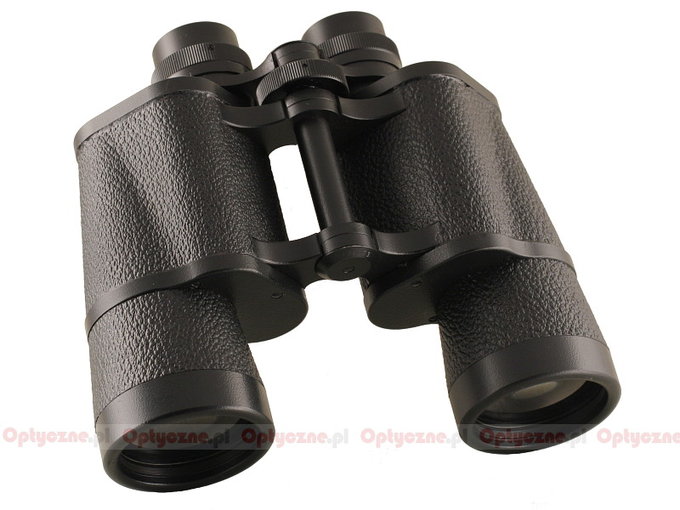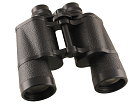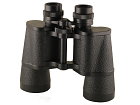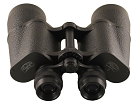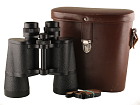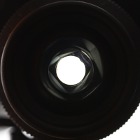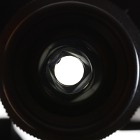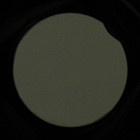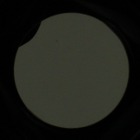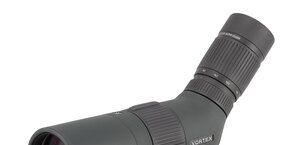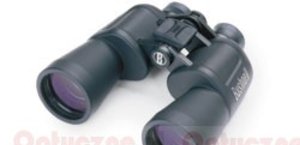Carl Zeiss Jena Binoctem 7x50
After the war, when the Carl Zeiss Jena plants happened to be on the territory of the German Democratic Republic, the production of both binoculars was continued. The main difference was the implementation of single-layer antireflection coatings.
The production of Binoctar was ceased in 1971 so it didn’t live through long enough to see multilayer T3M coatings (implemented in 1978). The Binoctem 7x50 was produced with its sibling Jenoptem until 1990 so reaching the time when the plant in Jena was taken over by the Analytik Jena company; they has been producing Docter binoculars ever since.
The model we tested here is an old construction from 1968. Despite its 40+ years, this pair of binoculars remains in great working order. As the multicoatings weren’t used at that time, the device features ordinary bluish single coatings.
The buyers got a leather strap, and a hard case with its own strap. There were no caps for eyepieces or objective lenses.
| Magnification | Lens diameter | Angular field of view | Prisms | Eye relief | Weight | Price |
|---|---|---|---|---|---|---|
| 7 | 50 | 128/1000(7.3o) | Bak-4/Porro | 12 mm | 1010 g | 800 PLN |
Summary
Pros:
- classic, solid casing,
- slight coma,
- well-controlled chromatic aberration,
- not bothersome brightness loss on the edge of the field of vision,
- good darkening inside,
- very wide gauge of eyepieces,
- good quality BaK-4 prisms.
Cons:
- transmission weak for contemporary standards
- bad colour rendering – the image significantly yellowish,
- high distortion level,
- parts of the casing within the field of view of exit pupils,
- a lot of flares near prisms,
- not very comfortable eye relief,
- image on the edge of the field could have been sharper.
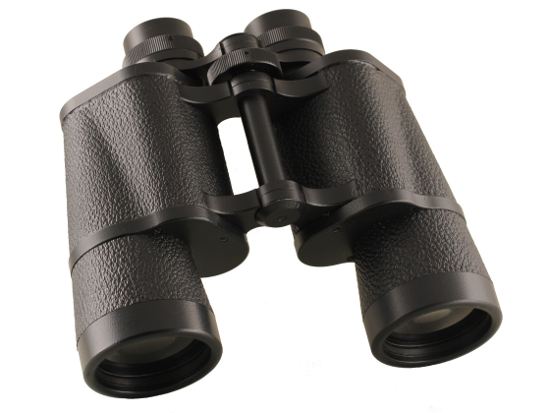 |
The Carl Zeiss binoculars have always been praised for two things. The first is their classic, durable casing which, although not nitrogen-filled or waterproof, is able to survive without major problems even several dozen years of wear and tear in different conditions, outperforming many contemporary pairs of binoculars, produced in Asia. The second asset is the field of view. Most Jena constructions come from an era when the size of the field of view was important so the constructors weren’t afraid to use wide angle eyepieces with the apparent fields of view on the level of 60-75 degrees.
What’s interesting, the 7x50 model is an exception to that rule as its field of view is hardly impressing. The result of 7.3 degrees is typical (it means using eyepieces with an average apparent field of view of 51 degrees) and narrower than in some contemporary instruments which can feature a field of view of 7.5 degrees. What is the reason of such untypical parameters of the Zeiss instruments from Jena? The answer is simple – laws of physics along with the construction possibilities of that time. A 50 mm class pair of binoculars has an objective lens with a focal length of about 200 mm. If you want to use 7x magnification ratio you should use an eyepiece of a focal length being almost 30 mm. Here you hit a snag – a wide field of view with a 30 mm focal length can be reached in fact only by huge astronomic eyepieces in a 2 inches holder. Such eyepieces, for obvious reasons, can’t be used in a pair of binoculars.
When you look at the performance of 30 mm eyepieces 1.25 inches in diameter, which are much closer to the dimensions of eyepieces, used in our binoculars, you might notice that all 3 and 4-element constructions provide you a field of view on the level of 50 degrees. The construction of a small eyepiece which would be appropriate for a pair of binoculars and features a 30 mm focal length and a wide field of view (so 60 degrees or wider) is very difficult. Of course it is not impossible. 7x50 devices with fields of view wider than 7.5 degrees have appeared from time to time on the market but either their image quality on the edge of that field was very low (e.g. the Tasco 7x50 with a huge field of 11 degrees) or it would be difficult to call their eyepieces small (e.g. the prototype Miyauchi Binon 7x50W, which serial production has never been started).
In fact only now you get an opportunity to produce a very good, wide angle 7x50 pair of binoculars. The progress in the low dispersion glass production makes it possible to create a very well-corrected objective lens, 50 mm in diameter and the focal length lower than 150 mm (f/3 aperture or faster). In order to get 7x magnification with a focal length less than 150 mm you need an eyepiece with a focal length of about 20 mm. There are several models of eyepieces, available on the market, which are physically small (in the 1.25 inches holder) and feature a field of view wider than 60 degrees. Unfortunately the demand for 7x50 class binoculars has decreased significantly so no producer has offered such a wide angle construction so far. Perhaps you should ask yourself what it the real reason and the real result of such a situation. If there had been a good 7x50 class pair of binoculars available on the market, with a field of view of 9-10 degrees, it might have sold so well that talking about the decline of 7x50 class popularity would be premature today.
Let’s return to the test of our Binoctem 7x50. We were very curious how the single coatings of this one fared. A graph published below allow us to assess their performance.
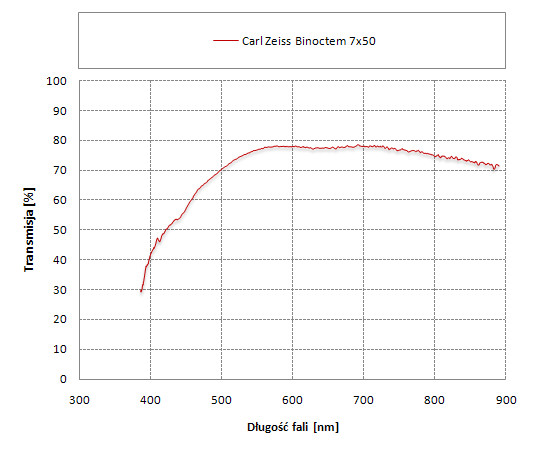 |
As you see the results are weak. As in the centre of the visible spectrum and in the red part the binoculars deliver less than 80% of light, the old, single-layer coatings (most often optimized for 550 nm wavelength) don’t manage at all in the blue part of the spectrum. At 450 nm the transmission reaches just 55% and at 400 nm – about 40%. With such a loss of blue light compared to yellow and red light results, you should be hardly surprised the image the binoculars provide is so yellowish.
It would be difficult to expect a different result, though. During last 50 years the production of antireflection coatings progressed by leaps and bounds. The older constructions of binoculars usually corrected the sharpness on the edge of the field and distortion weakly. The Binoctem 7x50 is not an exception to this rule and it doesn’t fare well in those two categories as well. Fortunately other aberrations are corrected decently well or well (e.g. coma, chromatic aberration and astigmatism). You must admit the build quality of these binoculars is great. Looking at its classic casing you can predict a problem-free use for many more years. Also many contemporary producers could learn from the Binoctem how to blacken the tubes inside and keep them clean.
To sum up models so old as the one tested here can have a huge collector’s or sentimental value. If you want to use them in the field, though, especially in worse lighting conditions, I would urge you to find something newer, a model produced after 1978 which features better T3M multicoatings.




